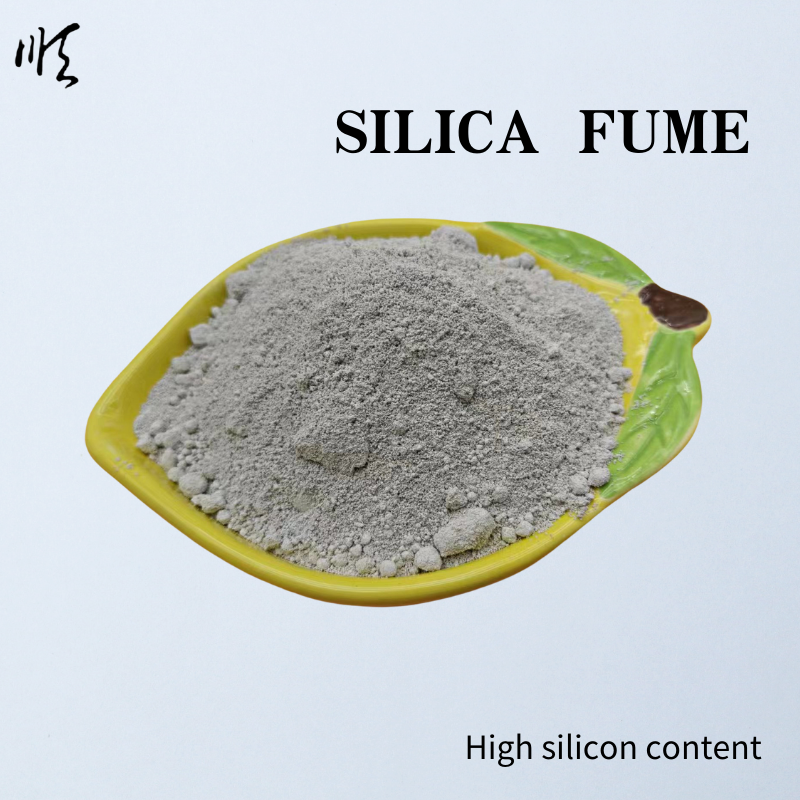
Advancements in Precision Machining of Silicon Carbide for Enhanced Industrial Applications
Machining of Silicon Carbide Techniques and Applications
Silicon carbide (SiC) is a semiconductor material that has gained significant attention in various industries due to its exceptional properties, including high thermal conductivity, high electrical field breakdown strength, and superior hardness. These attributes make SiC an ideal candidate for use in high-temperature and high-voltage applications, such as power electronic devices, lighting, and automotive components. However, the machining of silicon carbide presents unique challenges due to its intrinsic characteristics. Understanding the techniques and methodologies employed in SiC machining is essential for harnessing its full potential.
Properties of Silicon Carbide
Silicon carbide exhibits remarkable hardness, ranking just below diamonds on the Mohs scale. This property makes it extremely durable but also means that traditional machining methods can be inefficient or ineffective. Additionally, SiC has a high brittleness that can lead to chipping or cracking during cutting processes. As a result, specialized techniques and tools are required to machine this material effectively.
Machining Techniques
1. Diamond Cutting Tools Due to the hardness of silicon carbide, diamond tools are often used for machining operations. These tools can be employed in various processes, including turning, milling, and grinding. Diamond is particularly favored because it maintains its cutting edge even under high-stress conditions, allowing for precise and efficient machining.
2. Ceramic Tools Apart from diamond tools, ceramic cutting tools have also been explored for machining SiC. These tools are less expensive than diamond, but they require careful handling and optimized conditions to avoid premature wear or breakage. Coolant and lubrication become crucial when using ceramic tools to prevent overheating and ensure a smooth cutting process.
3. Electro-discharge Machining (EDM) EDM is a non-conventional machining process that has gained popularity for hard materials like silicon carbide. This method involves the use of electrical discharges to wear away material. EDM can produce intricate shapes and fine tolerances, making it suitable for applications that require precise geometries.
silicon carbide machining

4. Laser Machining Laser machining has emerged as a novel technique for processing silicon carbide. This method utilizes high-energy laser beams to vaporize or melt the material, allowing for efficient cutting and engraving. Laser machining is particularly advantageous for creating complex shapes that would otherwise be difficult to achieve with traditional methods.
5. Water Jet Cutting Water jet cutting is another effective technique for machining silicon carbide. This method uses a high-pressure jet of water mixed with abrasive particles to cut through the material. Since water jet cutting produces minimal thermal distortion, it is ideal for applications where maintaining structural integrity is critical.
Applications of Machined Silicon Carbide
The machining of silicon carbide opens up a range of applications in various sectors
- Power Electronics SiC devices exhibit lower power losses and higher efficiency compared to silicon-based counterparts. As a result, the demand for machined SiC substrates in power electronic applications continues to grow. - Aerospace and Automotive Components made from silicon carbide are increasingly used in high-performance aerospace and automotive applications due to their ability to withstand extreme temperatures and mechanical stresses.
- Optical Devices Machined SiC is also utilized in optical systems, such as mirrors and lens systems, where the material's thermal stability and hardness are beneficial for high-precision optics.
Conclusion
The machining of silicon carbide is a complex but vital process that enables the leveraging of its remarkable properties in various high-tech applications. With advancements in machining technologies, manufacturers can effectively overcome the challenges posed by this hard and brittle material. As the demand for SiC-based components continues to rise, the development of efficient and innovative machining strategies will play a crucial role in the growth of industries relying on silicon carbide.
Share
-
Premium Talcum Powder Enhanced with GPT-4 Turbo | Soft & Long-LastingNewsAug.02,2025
-
Fly Ash Solutions Enhanced by GPT-4 Turbo | Sustainable InnovationNewsAug.01,2025
-
Natural Premium Bentonite Cat Litter - Superior ClumpingNewsJul.31,2025
-
Premium Resin Coated Sand - High Heat Resistance CastingNewsJul.31,2025
-
High Quality Silicon Carbide Grit for Abrasive ApplicationsNewsJul.30,2025
-
High-Quality Ceramsite for Plants & Gardening | Lightweight PebblesNewsJul.29,2025






